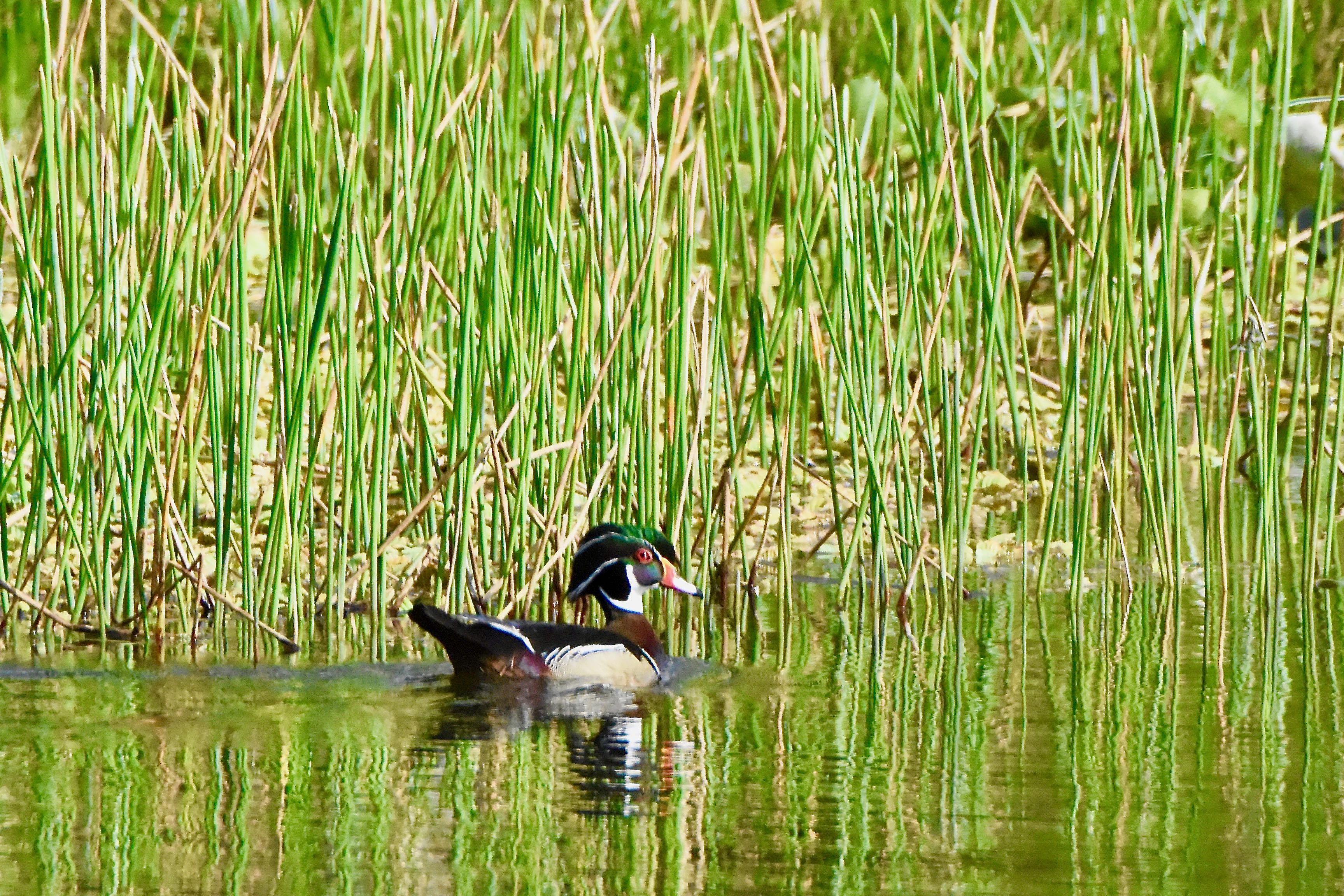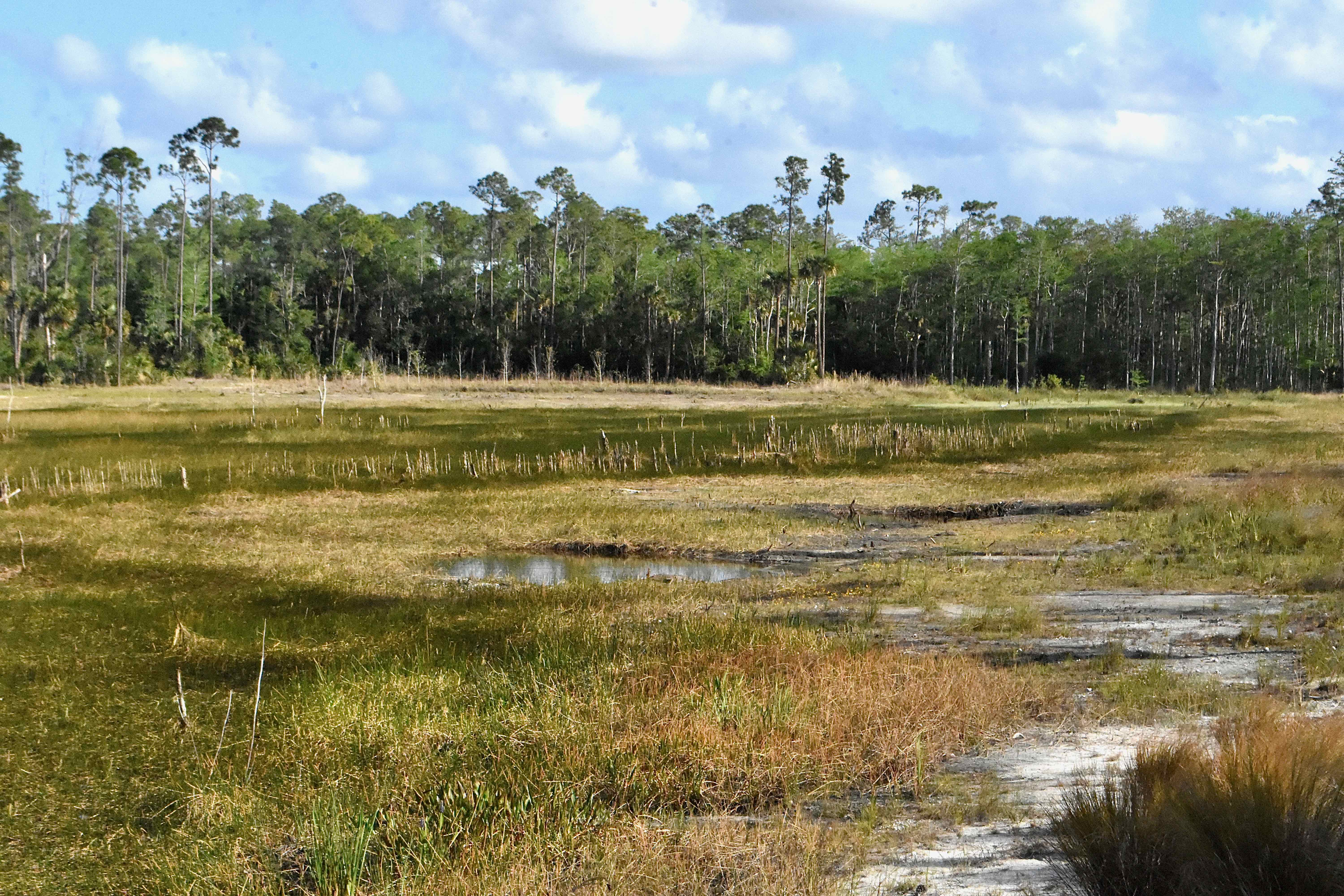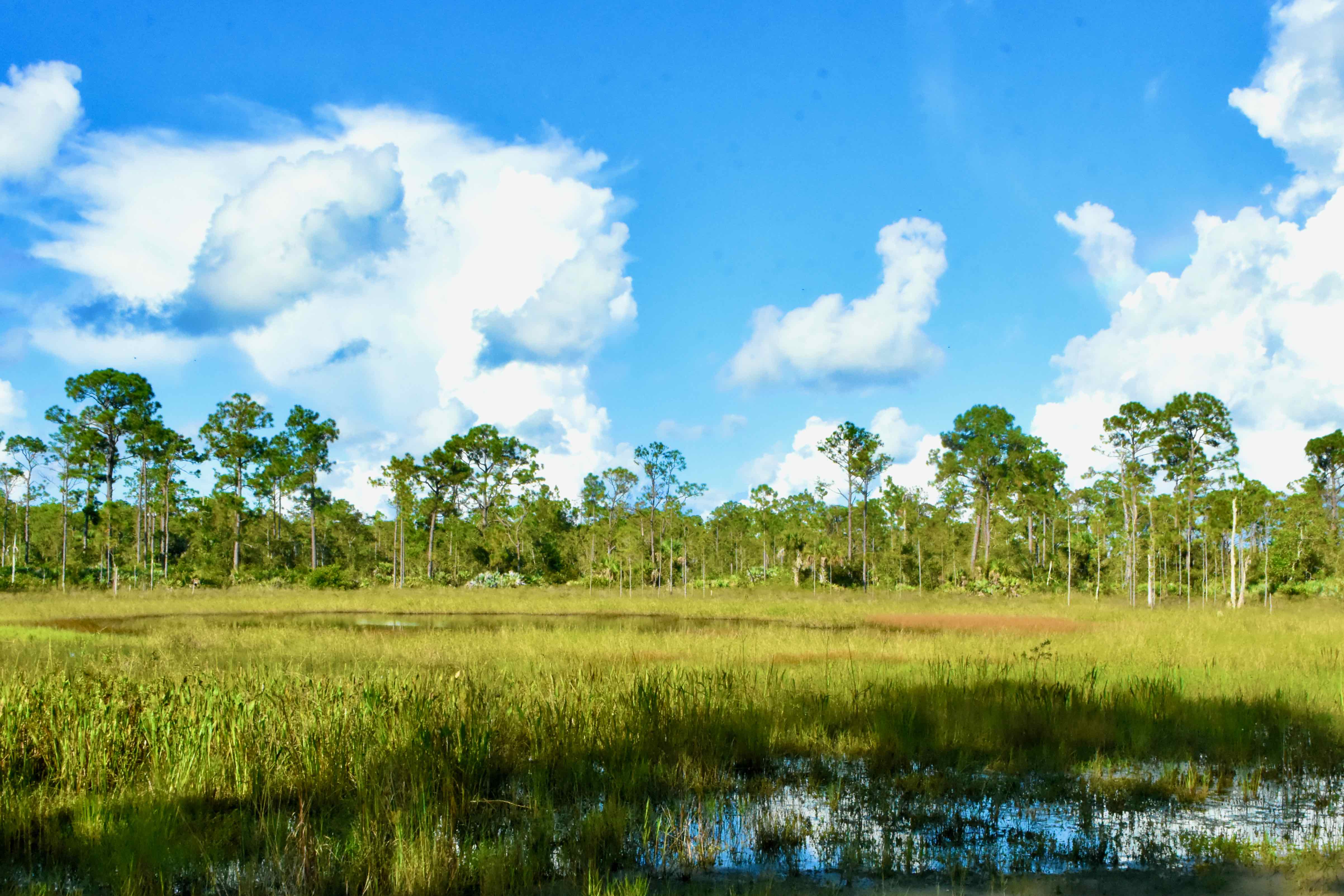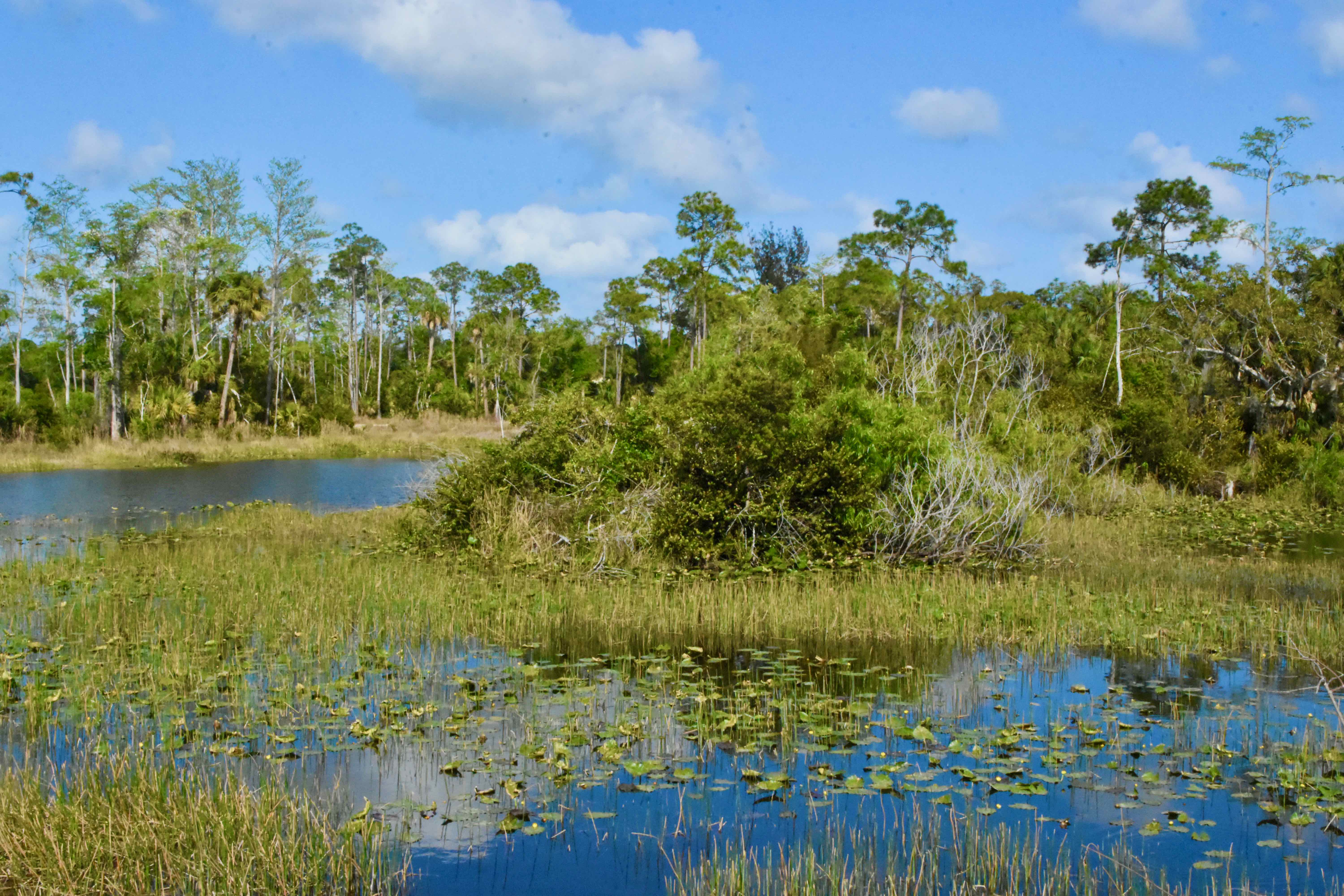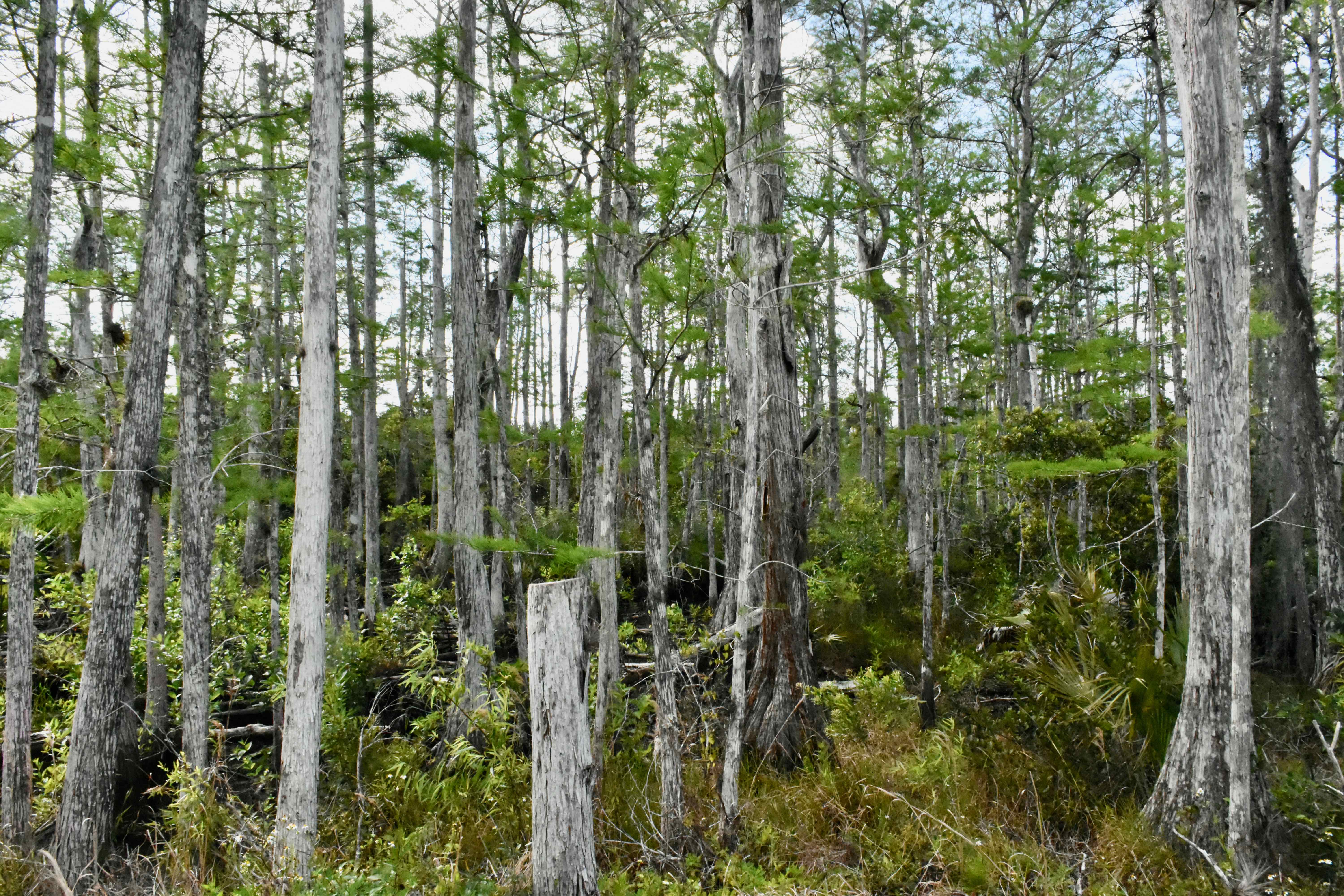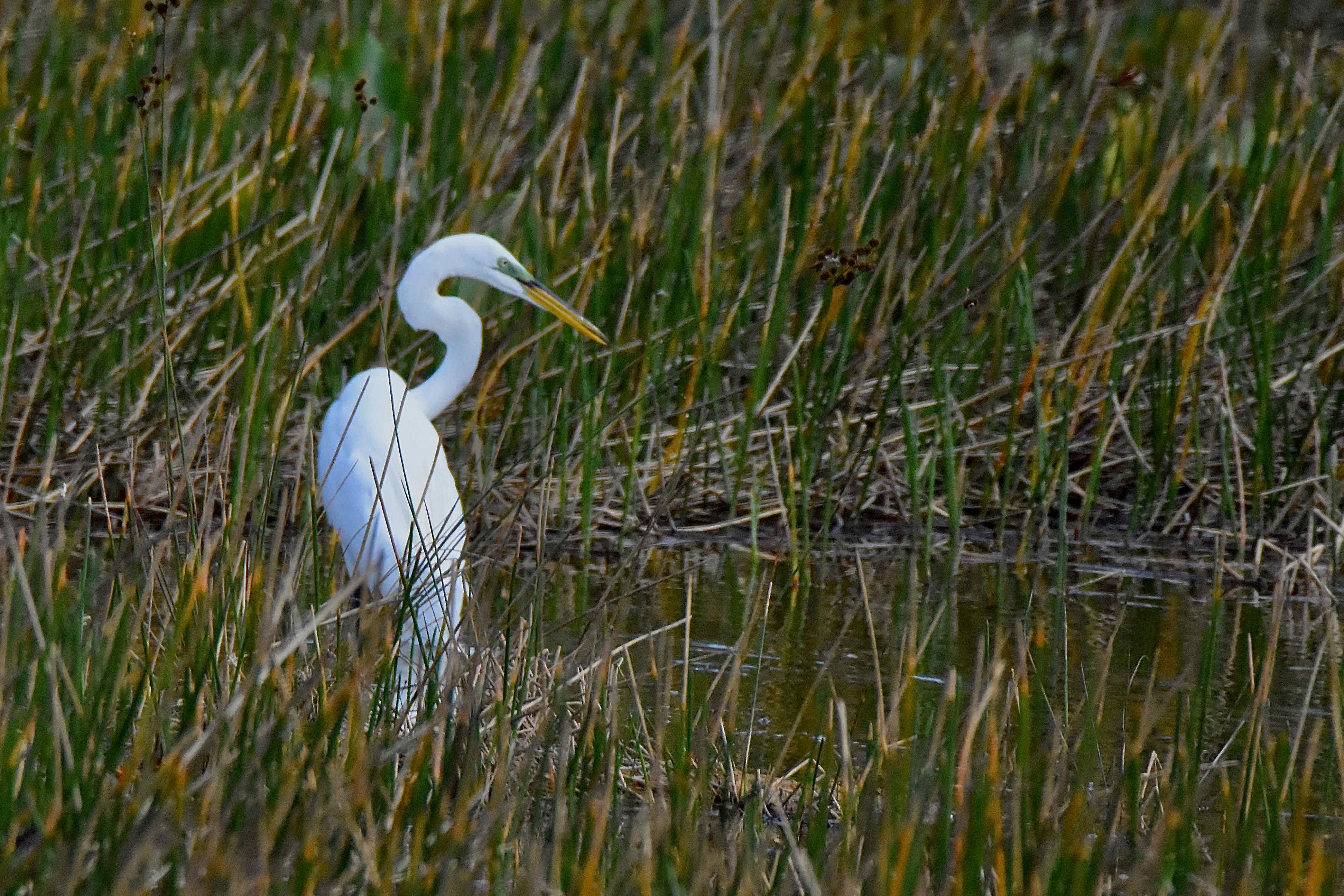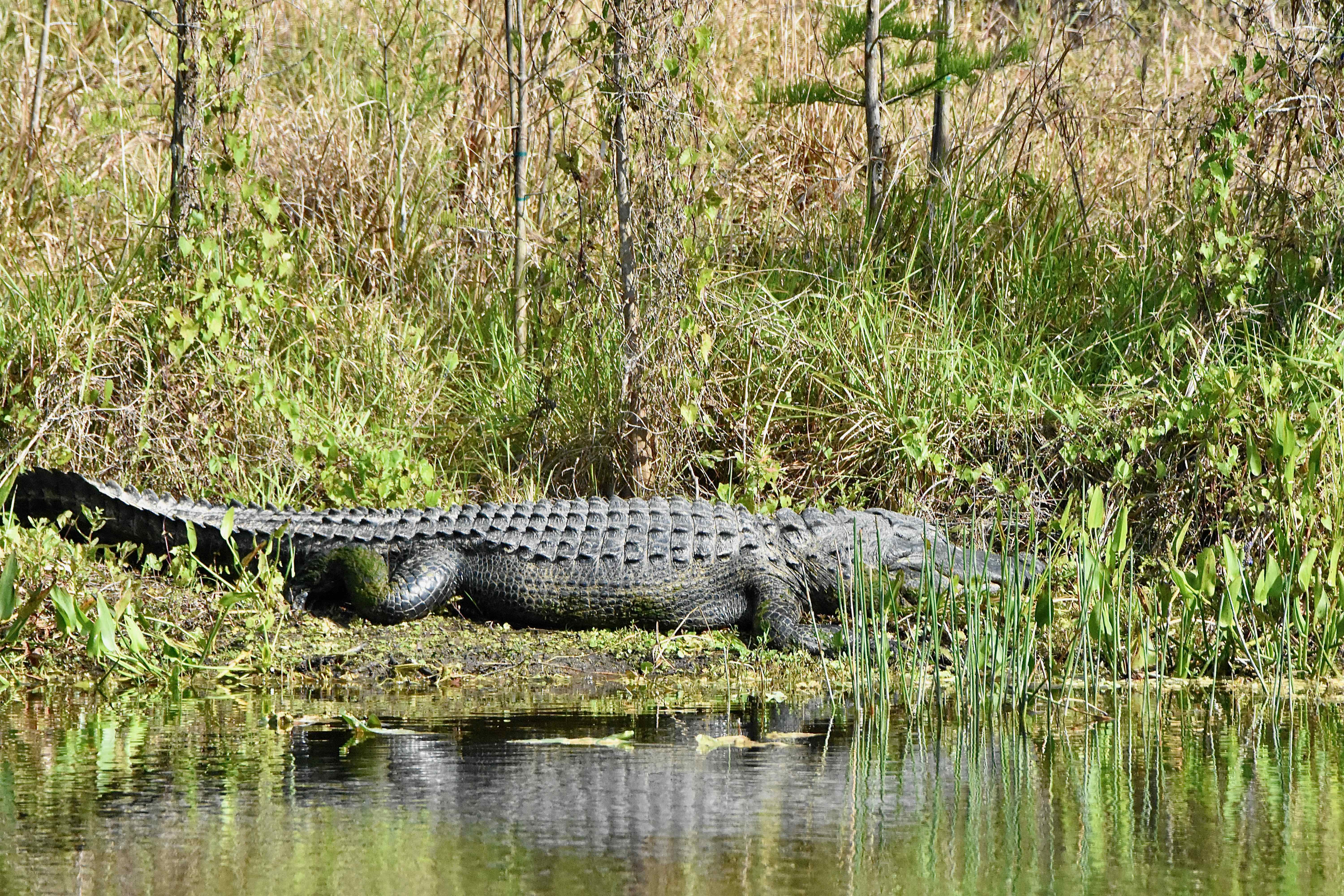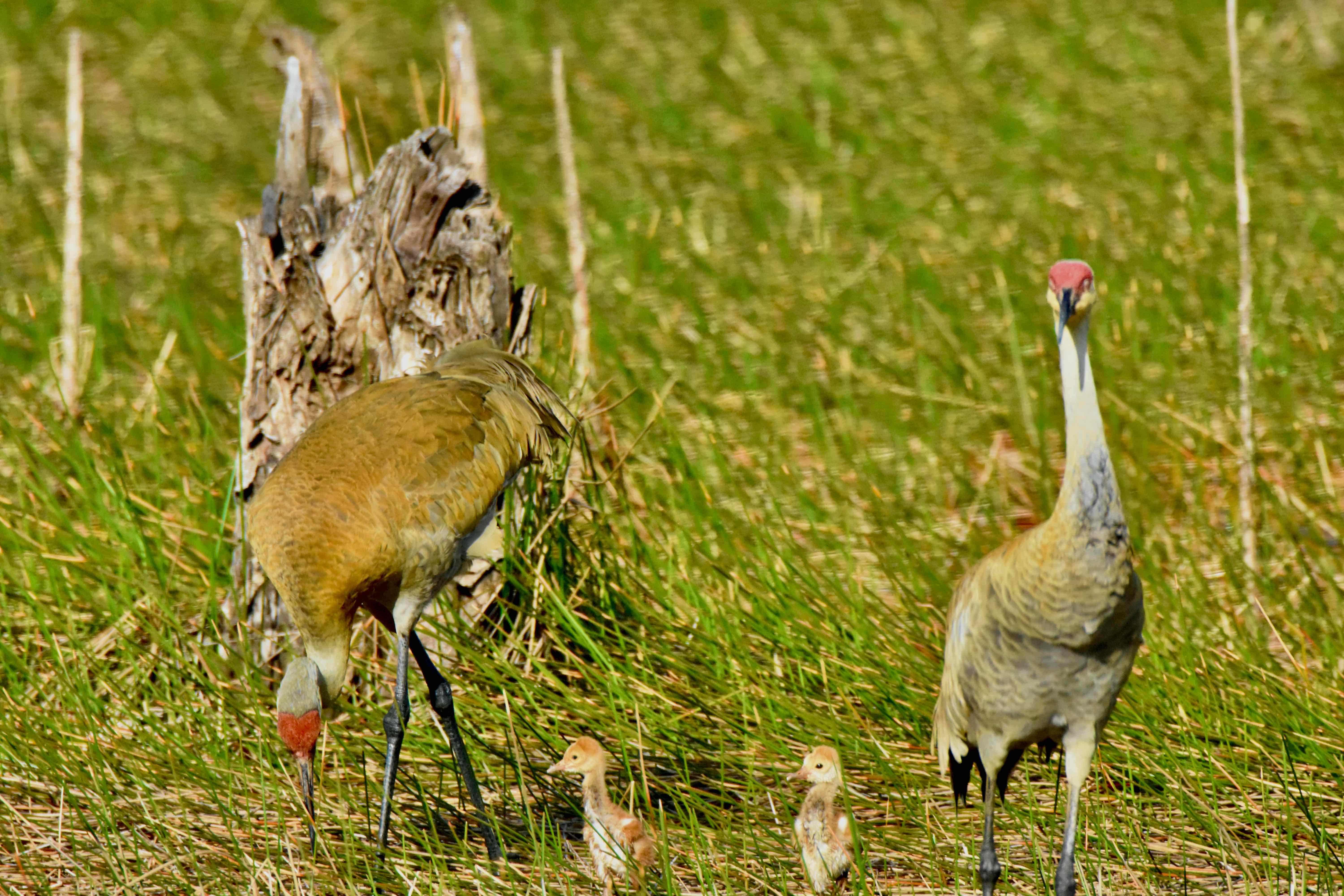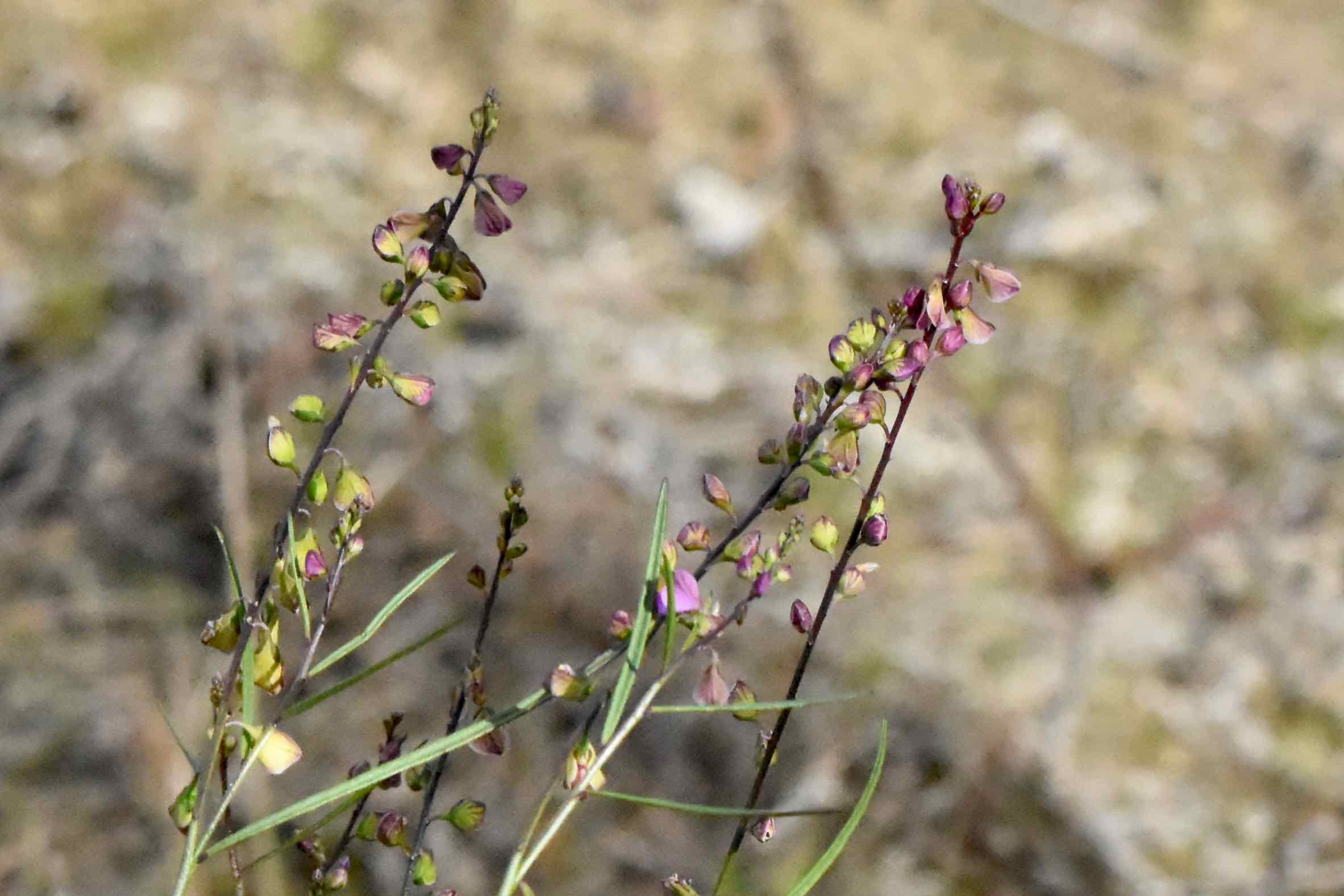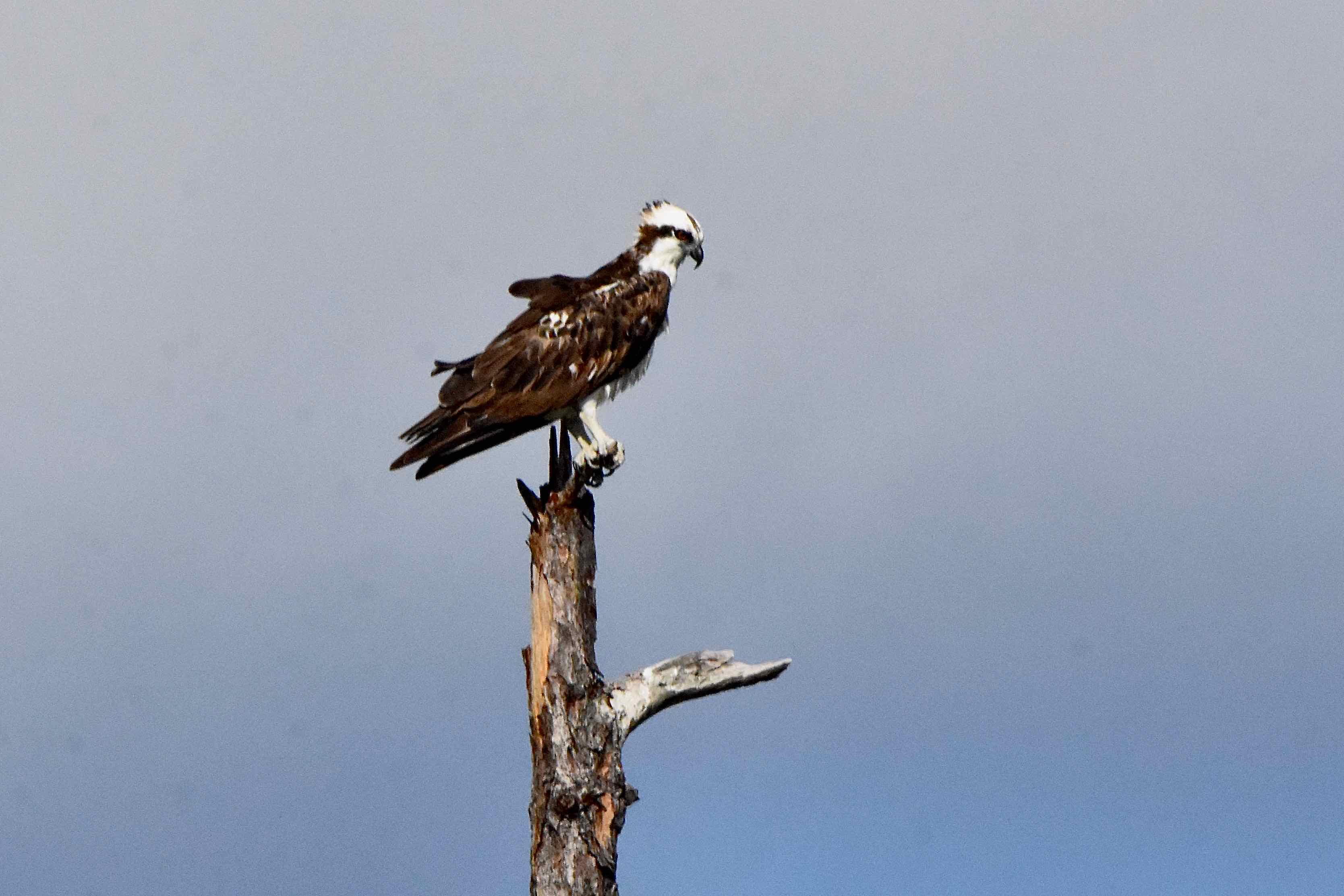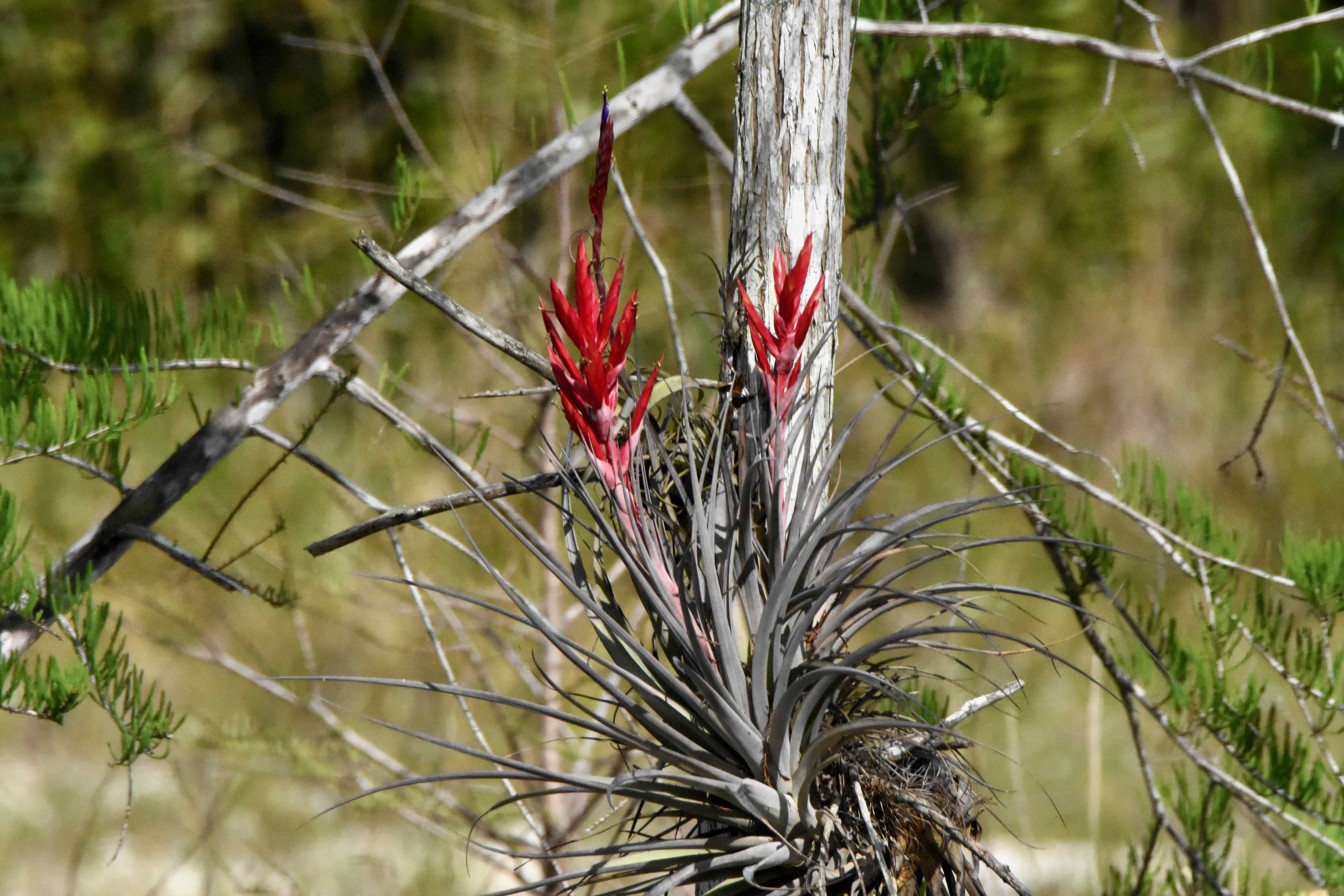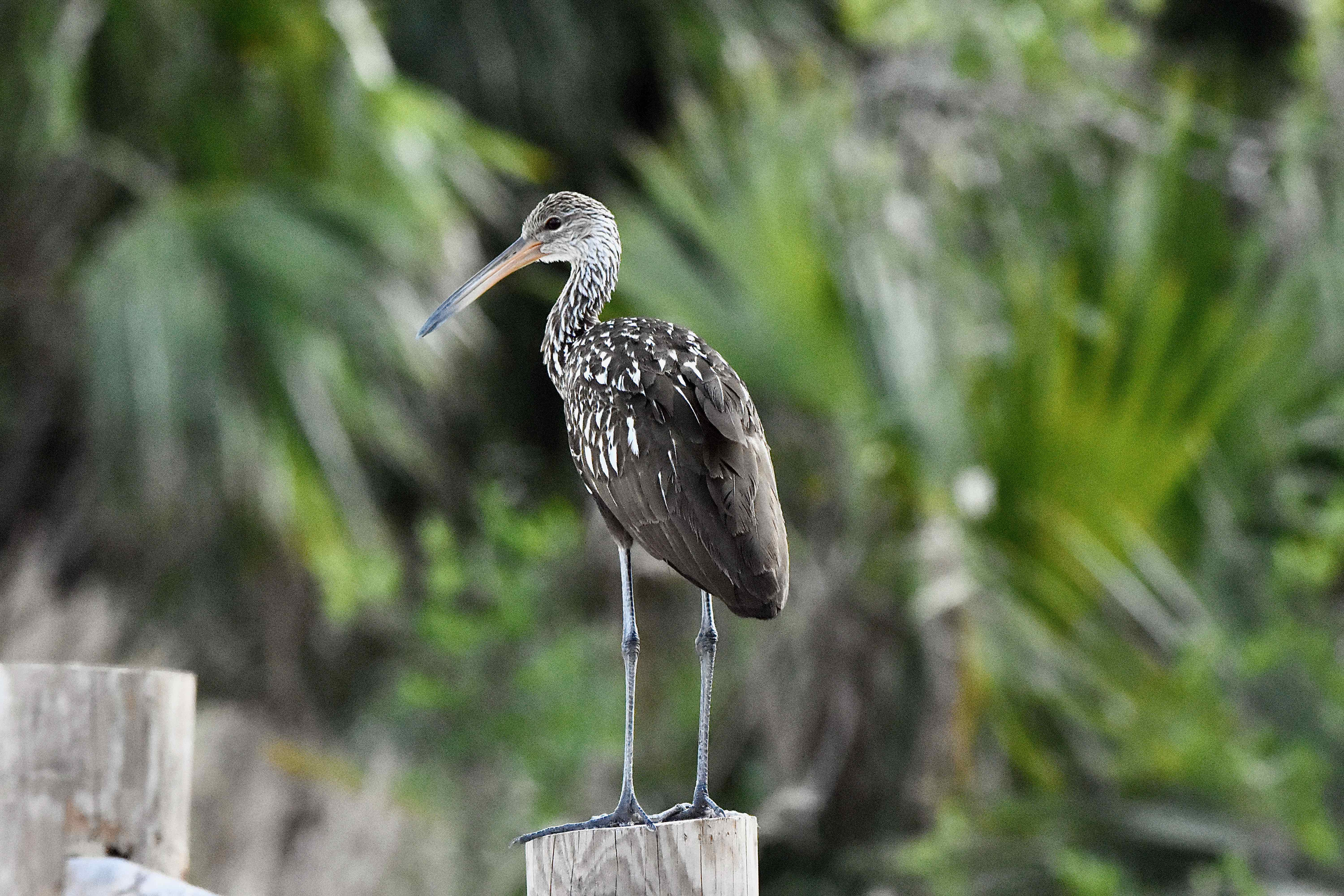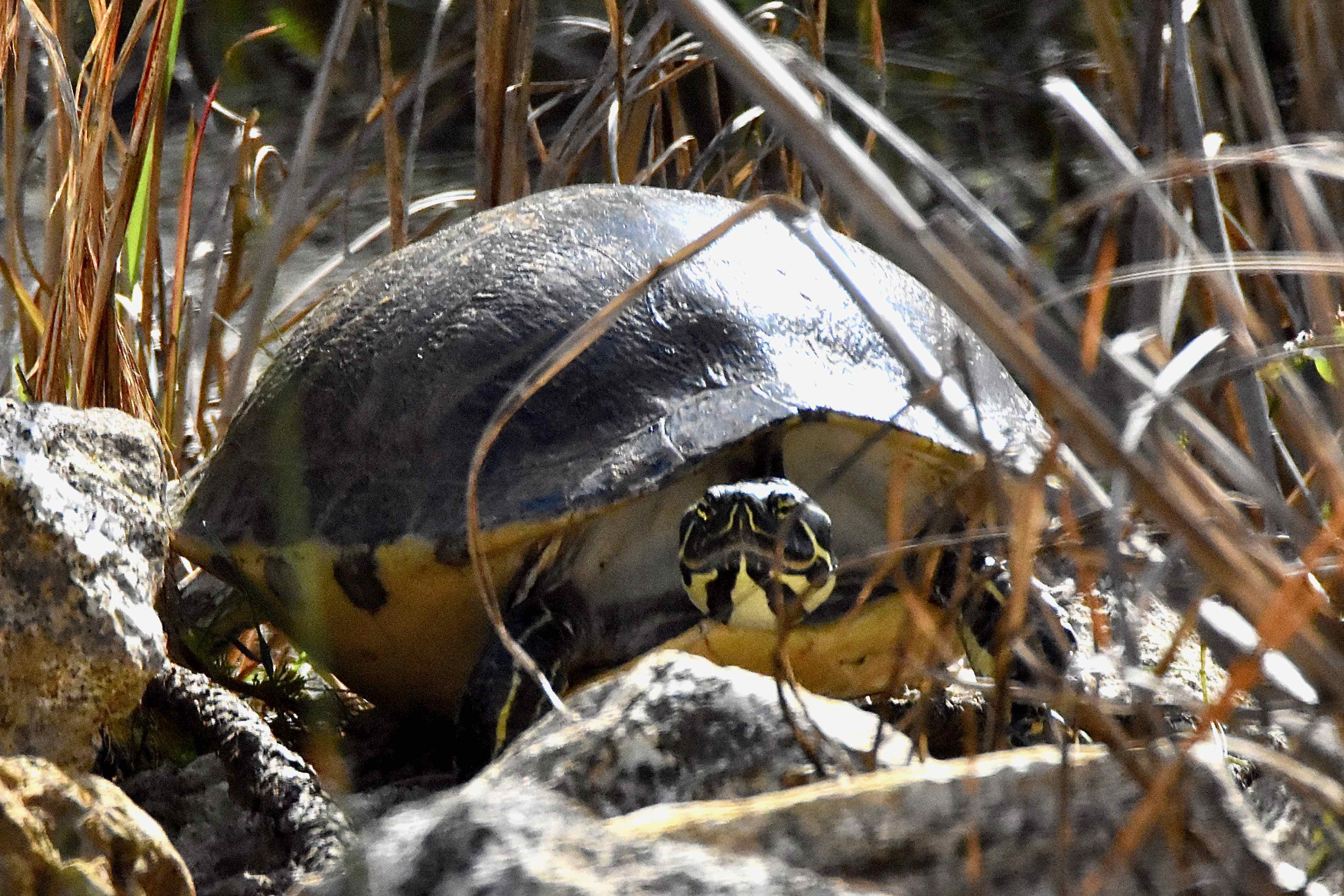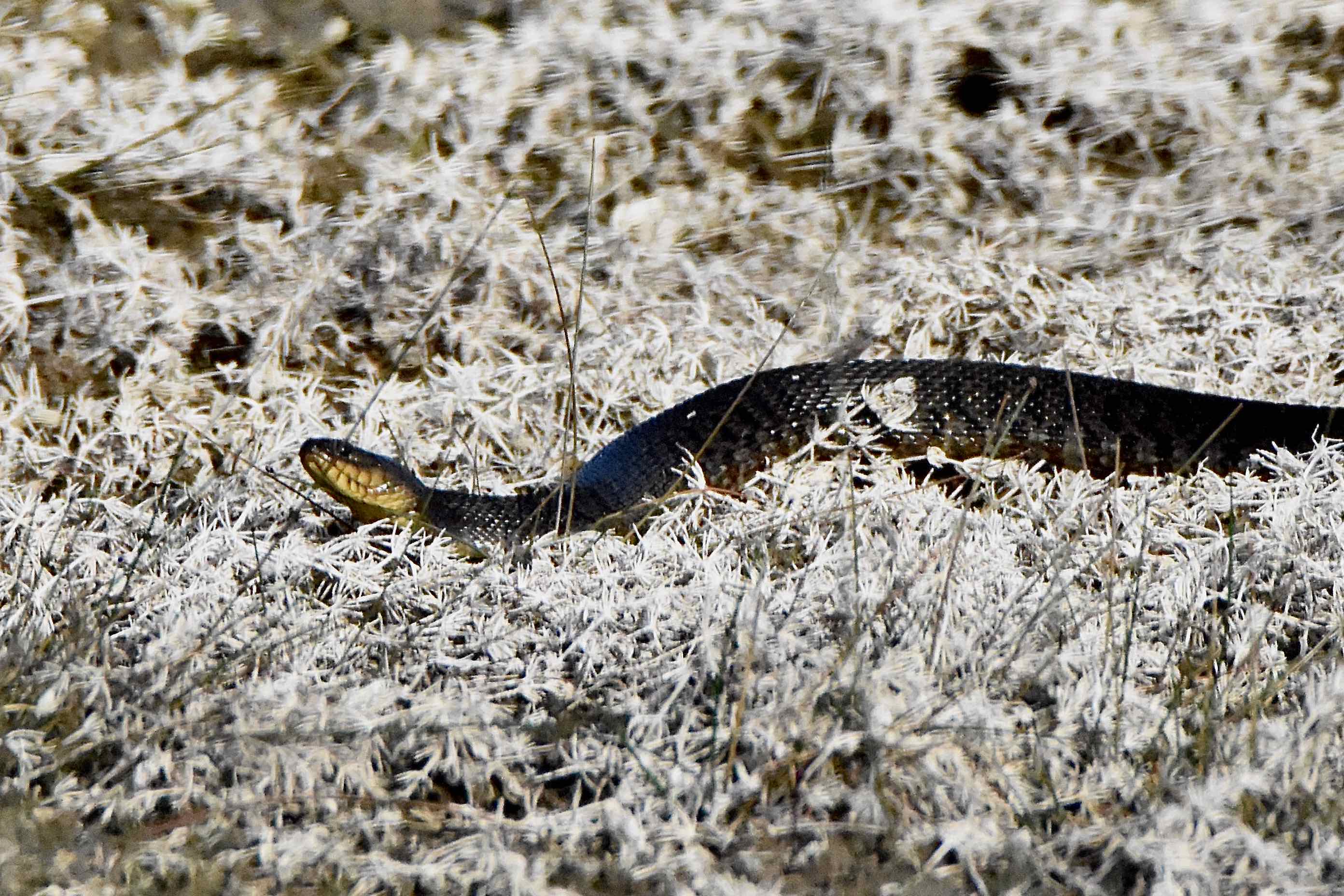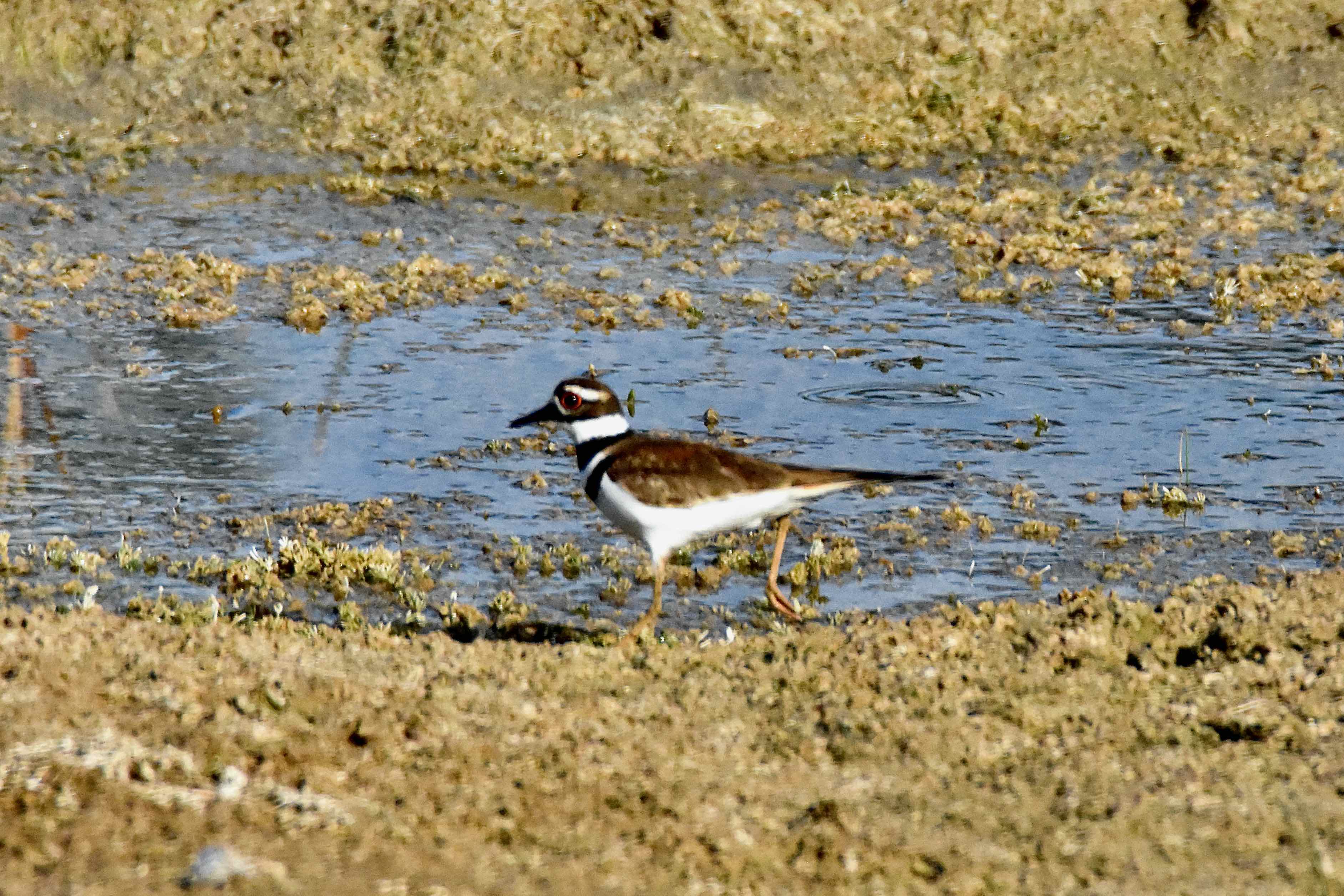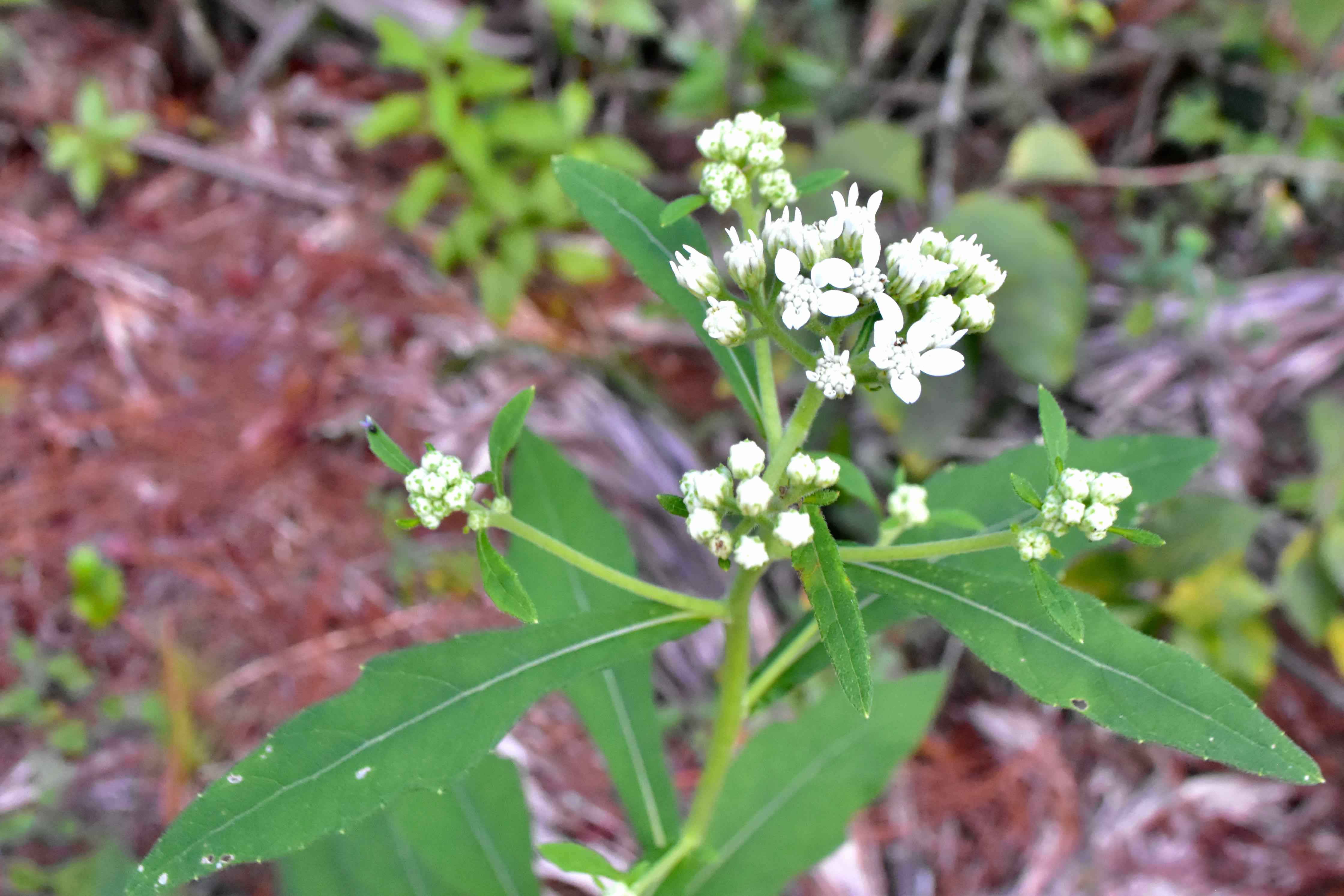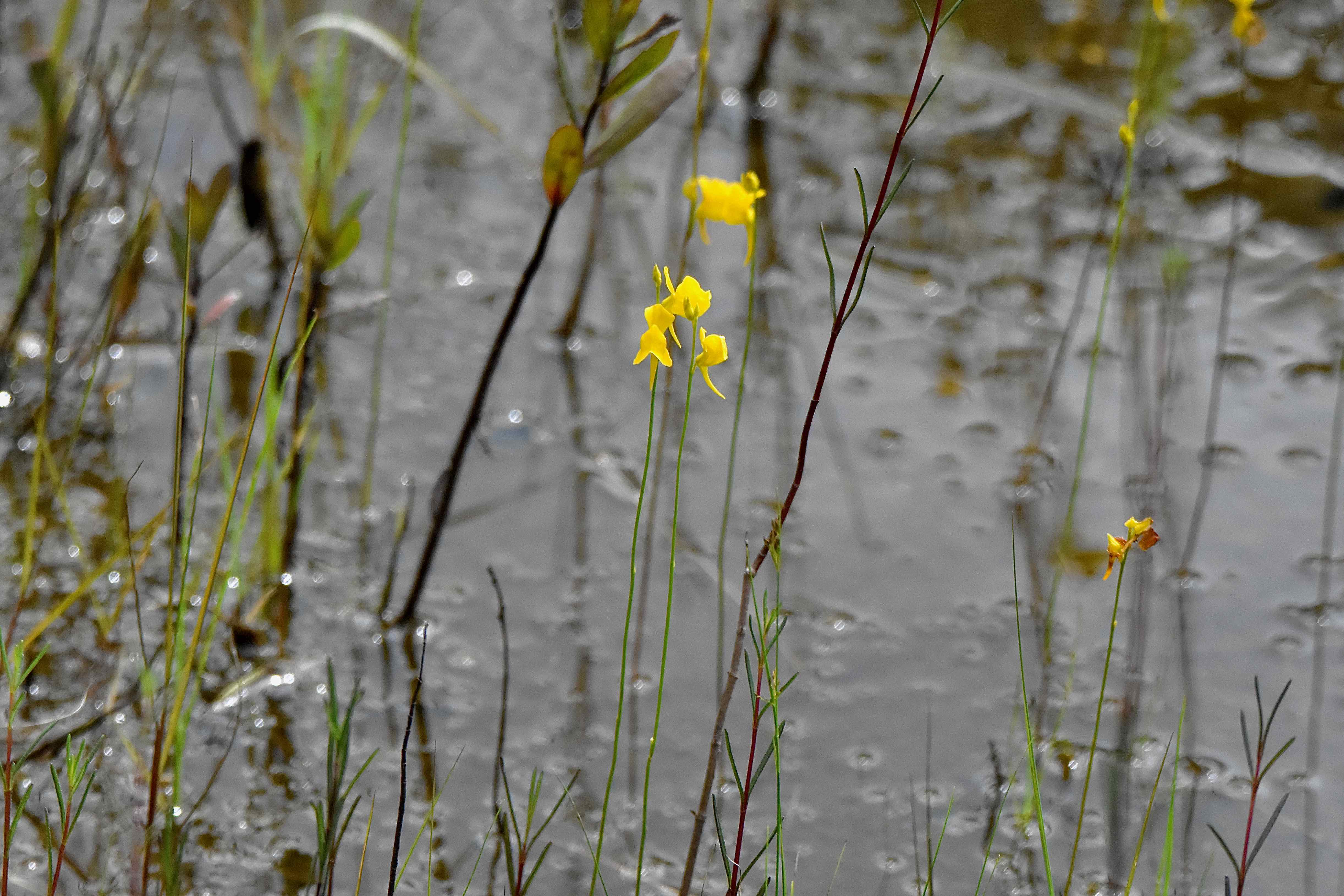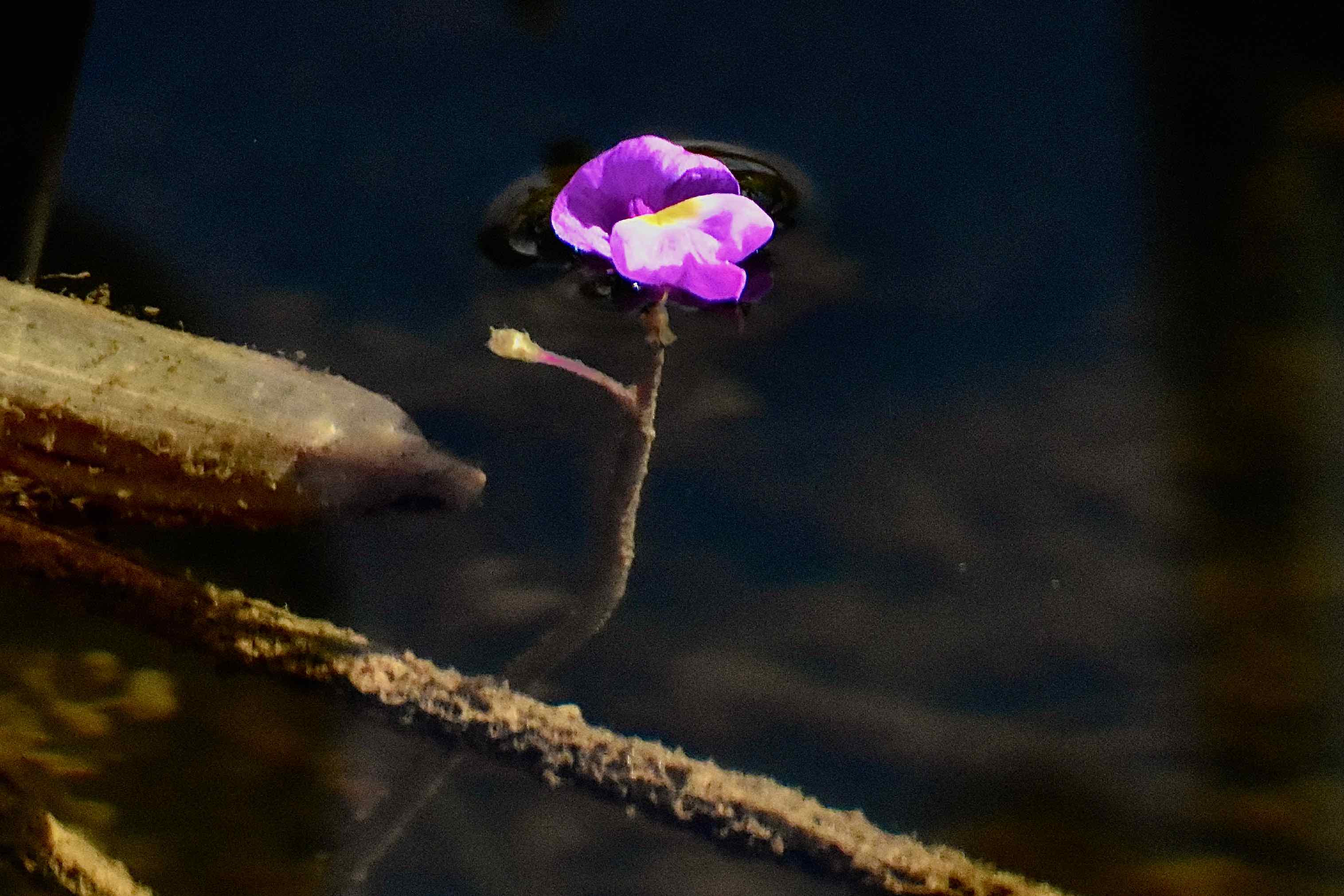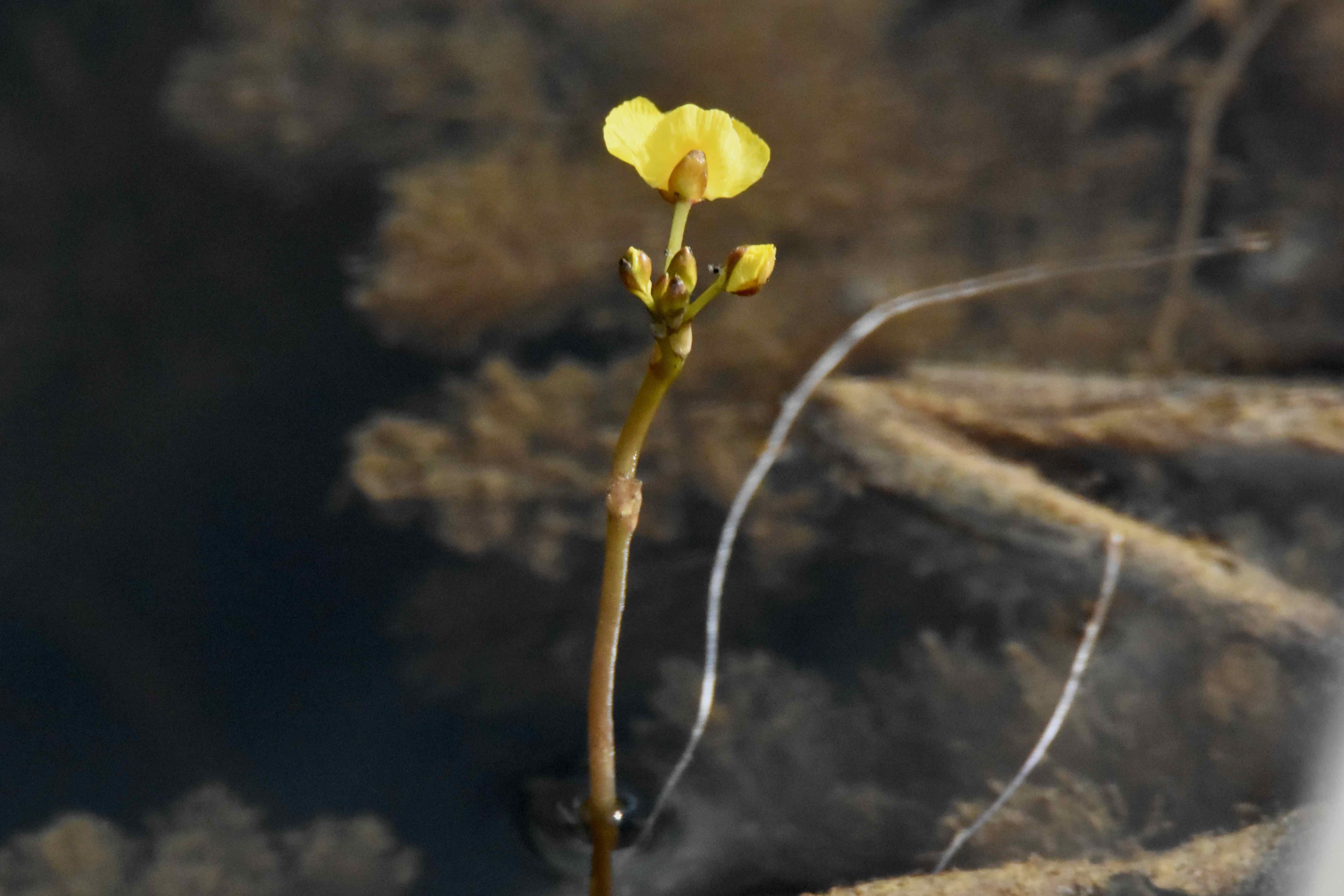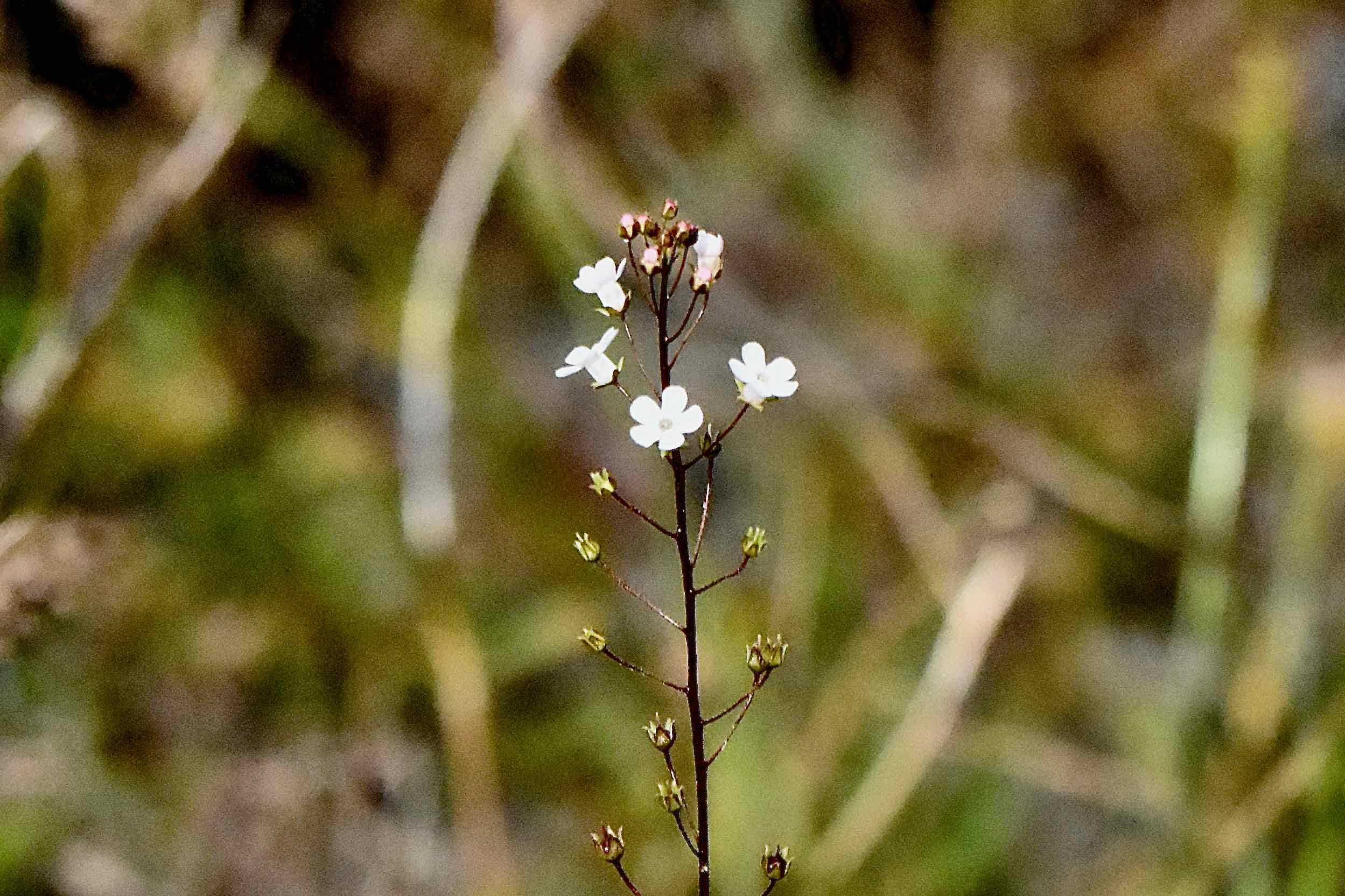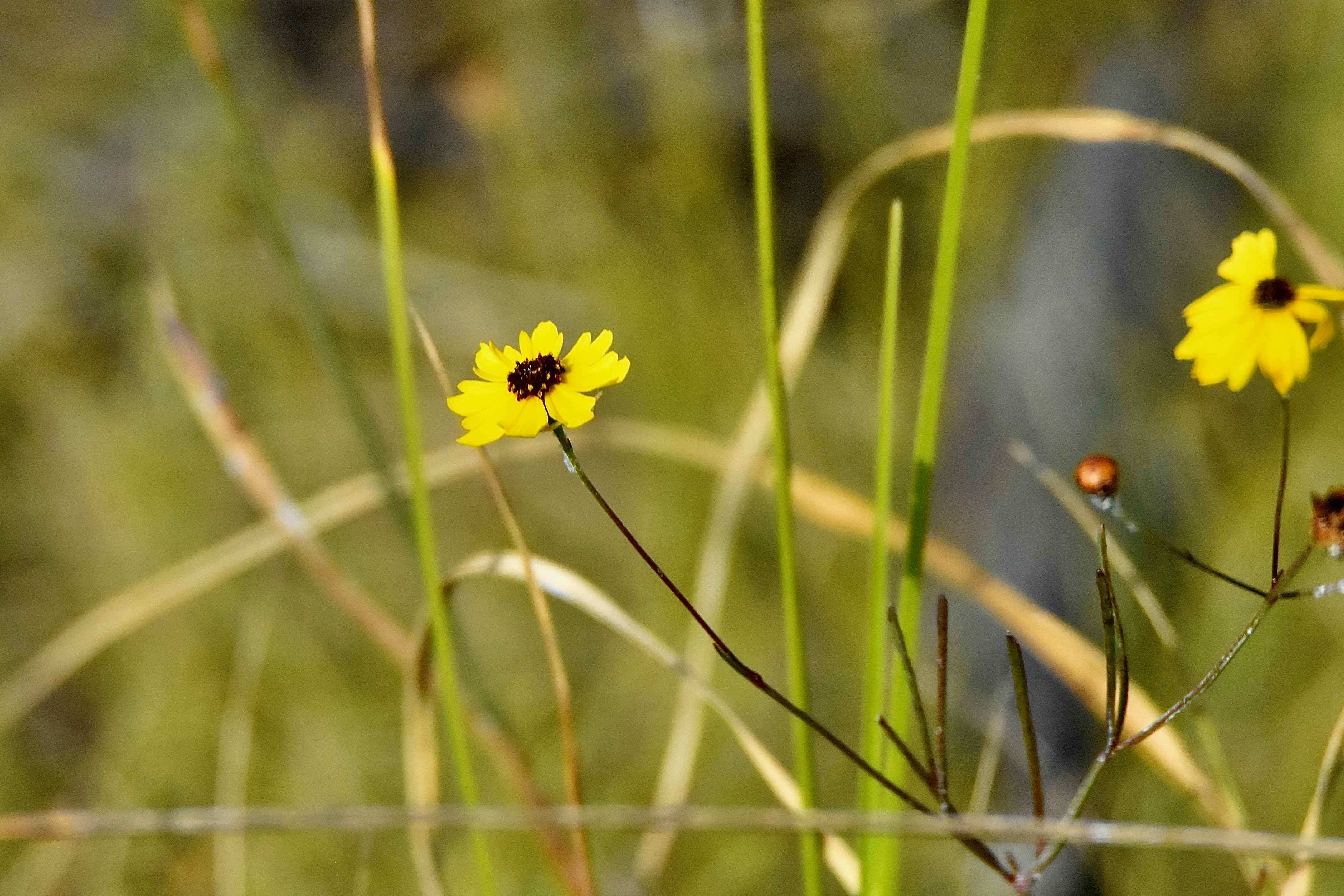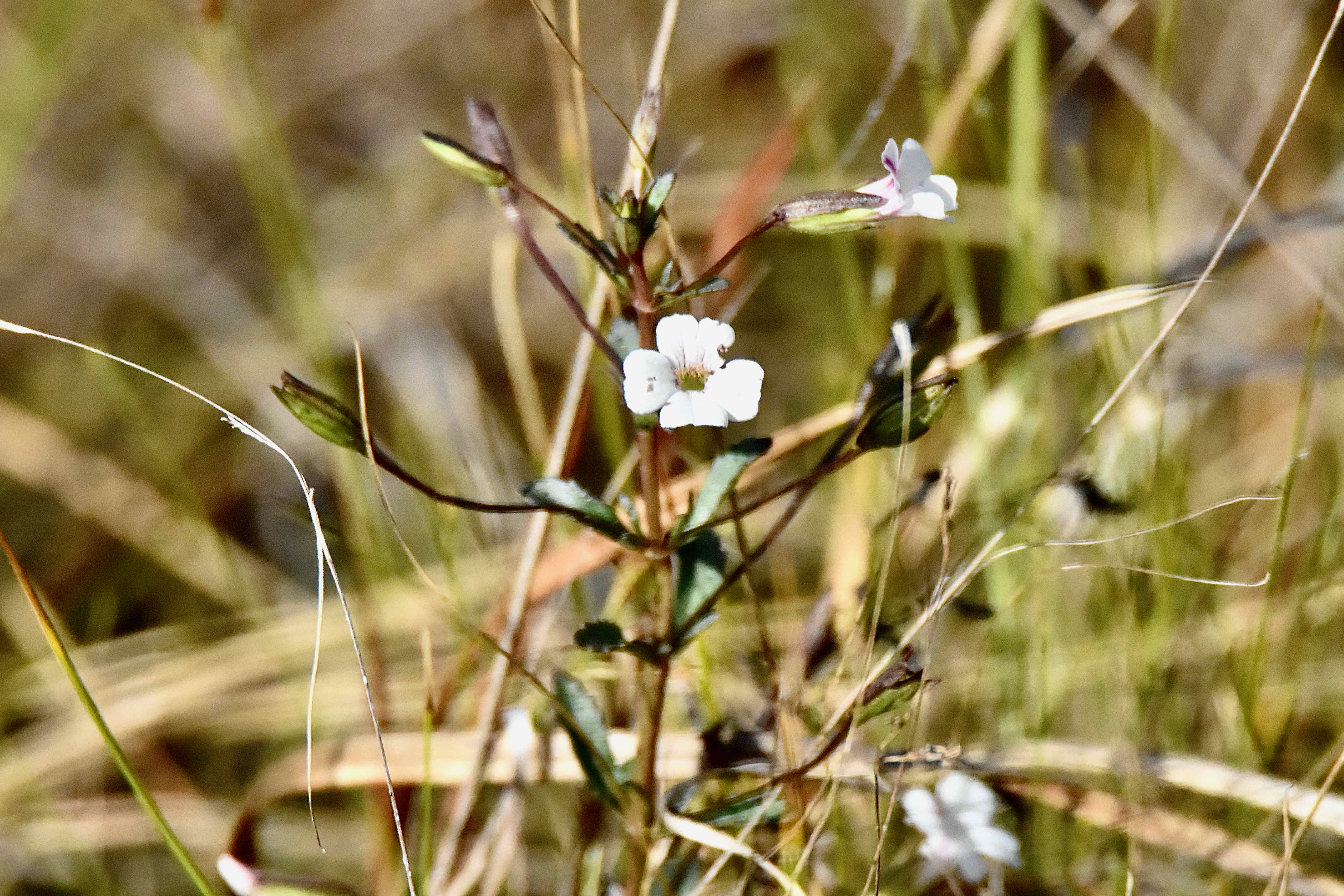Editor's Note: We've divided the 2,083.1-acre Cypress Creek Natural Area into two separate sections, North and South. Though technically one unit, Cypress Creek is split in two by Indiantown Road; each tract has separate entrances and separate facilities, enough for each to stand on its own. Cypress Creek North can be found here.
Overview: At 230 acres, Cypress creek Natural Area South is a fraction the size of its sibling to the north, but it still packs a fairly wild punch. The two sides are similar in someways, different in others. Both offer extensive wetlands, but Cypress Creek has more open water, particularly a canal that runs south from a canoe/kayak launch at the parking lot (see photo below) to wide open and fairly large Peacock Lake, a borrow pit created decades ago.
We should mention that the Florida Fish and Wildlife Conservation Commission added Cypress Creek Natural Area as a single entity to the Great Florida Birding Trail in September 2023. As many as 87 species of birds have been spotted within the area at one time or another. From our experience, we'd say the birding is at least as good south of Indiantown Road as it is north of it. Check out the photo gallery near the bottom of this page.
One more note: Again, from our experience, Cypress Creek South is a little drier and easier to get around year-round than Cypress Creek North.
History: Palm Beach County's interest in what is now Cypress Creek Natural Area dates back to the mid-1980s and the federal designation of the Northwest Fork of the Loxahatchee River as Wild and Scenic. In the late 1980s a committee led by Florida Atlantic University professors Grace Iverson and Daniel Austin identified the 367.1-acre Loxahatchee River Tract west of the river as one of 14 priority properties within Palm Beach County deemed environmentally worthy of preserving. Palm Beach County bought the tract in late 1995, and continued to expand Cypress Creek over the next decade to about 1,800 acres north of Indiantown Road. Eventually, the county's attention turned to the 230-acre Hatcher-Halpryn tract on the south side of Indiantown Road, buying the final piece of Cypress Creek Natural Area in 2009. Cypress Creek South opened in 2017.
Like the north tract, there is evidence of Native American use of the land in the form of middens — small mounds of animal bones, shells, shark teeth, ceramic and glass chards. It's possible that the middens date back to pre-European times and also possible that these sites were permanent settlements. In modern times, mining in the form of shell pits and borrow pits took place and significantly changed the land and water flow.
What You'll See: Like the rest of the natural area, much of Cypress Creek South revolves around water, particularly open water. There is a canoe/kayak launch at the entrance and a meandering canal that makes its way to Peacock Lake, formed from a large borrow pit. Acre for acre, we've probably seen more critters here than any other preserve in South Florida save Green Cay Nature Center in Boynton Beach and Wakodahatchee Wetlands in Delray Beach. The photo gallery near the bottom of this page attests to Cypress Creek South's abundance. To the west lies a large, open marsh, partly restored and enhanced, partly created, that offers a sense of "remoteness" away from Indiantown Road and nearby commercial and residential development. It is our favorite part of Cypress Creek South.
Amenities: Cypresss Creek Natural Area South boasts two amenities that the north tract lacks — a canoe/kayak launch and a fishing pier. It has adequate parking and offers several hiking trails. There is an elevated observation platform at one end of the western marsh. Like its northern sibling, it lacks drinking water and restrooms, both of which can be found at the neighboring Riverbend County Park.
Nearby: Cypress Creek Natural Area north sits a short distance to the west on the north side of Indiantown Road. Also to the east: Riverbend County Park, North Jupiter Flatwoods Natural Area, Limestone Creek Natural Area and Delaware Scrub Natural Area. Jonathan Dickinson State Park is 0.3 miles to the north, though the park entrance is about a 20-minute drive away on U.S. 1. To the west on Indiantown Road: Pine Glades Natural Area and the Jones Hungryland Wildlife And Environmental Management Area.
Links: The Florida Fish and Wildlife Conservation Commission added Cypress Creek Natural Area to the Great Florida Birding Trail in September 2023. Here is the page.
Of Note: Both Cypress Creek North and Cypress Creek South are open sunrise to sunset every day of the year. Admission to both is free. Both are managed by Palm Beach County's Department of Environmental Resource Management.
Cover Photo: A male wood duck swimming along the far bank of a canal that connects the canoe/kayak launch with Peacock Lake to the south. It's one of the reasons why Cypress Creek Natural Area is now a stop on the Great Florida Birding Trail.
Overview: At 230 acres, Cypress creek Natural Area South is a fraction the size of its sibling to the north, but it still packs a fairly wild punch. The two sides are similar in someways, different in others. Both offer extensive wetlands, but Cypress Creek has more open water, particularly a canal that runs south from a canoe/kayak launch at the parking lot (see photo below) to wide open and fairly large Peacock Lake, a borrow pit created decades ago.
We should mention that the Florida Fish and Wildlife Conservation Commission added Cypress Creek Natural Area as a single entity to the Great Florida Birding Trail in September 2023. As many as 87 species of birds have been spotted within the area at one time or another. From our experience, we'd say the birding is at least as good south of Indiantown Road as it is north of it. Check out the photo gallery near the bottom of this page.
One more note: Again, from our experience, Cypress Creek South is a little drier and easier to get around year-round than Cypress Creek North.
History: Palm Beach County's interest in what is now Cypress Creek Natural Area dates back to the mid-1980s and the federal designation of the Northwest Fork of the Loxahatchee River as Wild and Scenic. In the late 1980s a committee led by Florida Atlantic University professors Grace Iverson and Daniel Austin identified the 367.1-acre Loxahatchee River Tract west of the river as one of 14 priority properties within Palm Beach County deemed environmentally worthy of preserving. Palm Beach County bought the tract in late 1995, and continued to expand Cypress Creek over the next decade to about 1,800 acres north of Indiantown Road. Eventually, the county's attention turned to the 230-acre Hatcher-Halpryn tract on the south side of Indiantown Road, buying the final piece of Cypress Creek Natural Area in 2009. Cypress Creek South opened in 2017.
Like the north tract, there is evidence of Native American use of the land in the form of middens — small mounds of animal bones, shells, shark teeth, ceramic and glass chards. It's possible that the middens date back to pre-European times and also possible that these sites were permanent settlements. In modern times, mining in the form of shell pits and borrow pits took place and significantly changed the land and water flow.
What You'll See: Like the rest of the natural area, much of Cypress Creek South revolves around water, particularly open water. There is a canoe/kayak launch at the entrance and a meandering canal that makes its way to Peacock Lake, formed from a large borrow pit. Acre for acre, we've probably seen more critters here than any other preserve in South Florida save Green Cay Nature Center in Boynton Beach and Wakodahatchee Wetlands in Delray Beach. The photo gallery near the bottom of this page attests to Cypress Creek South's abundance. To the west lies a large, open marsh, partly restored and enhanced, partly created, that offers a sense of "remoteness" away from Indiantown Road and nearby commercial and residential development. It is our favorite part of Cypress Creek South.
Amenities: Cypresss Creek Natural Area South boasts two amenities that the north tract lacks — a canoe/kayak launch and a fishing pier. It has adequate parking and offers several hiking trails. There is an elevated observation platform at one end of the western marsh. Like its northern sibling, it lacks drinking water and restrooms, both of which can be found at the neighboring Riverbend County Park.
Nearby: Cypress Creek Natural Area north sits a short distance to the west on the north side of Indiantown Road. Also to the east: Riverbend County Park, North Jupiter Flatwoods Natural Area, Limestone Creek Natural Area and Delaware Scrub Natural Area. Jonathan Dickinson State Park is 0.3 miles to the north, though the park entrance is about a 20-minute drive away on U.S. 1. To the west on Indiantown Road: Pine Glades Natural Area and the Jones Hungryland Wildlife And Environmental Management Area.
Links: The Florida Fish and Wildlife Conservation Commission added Cypress Creek Natural Area to the Great Florida Birding Trail in September 2023. Here is the page.
Of Note: Both Cypress Creek North and Cypress Creek South are open sunrise to sunset every day of the year. Admission to both is free. Both are managed by Palm Beach County's Department of Environmental Resource Management.
Cover Photo: A male wood duck swimming along the far bank of a canal that connects the canoe/kayak launch with Peacock Lake to the south. It's one of the reasons why Cypress Creek Natural Area is now a stop on the Great Florida Birding Trail.

